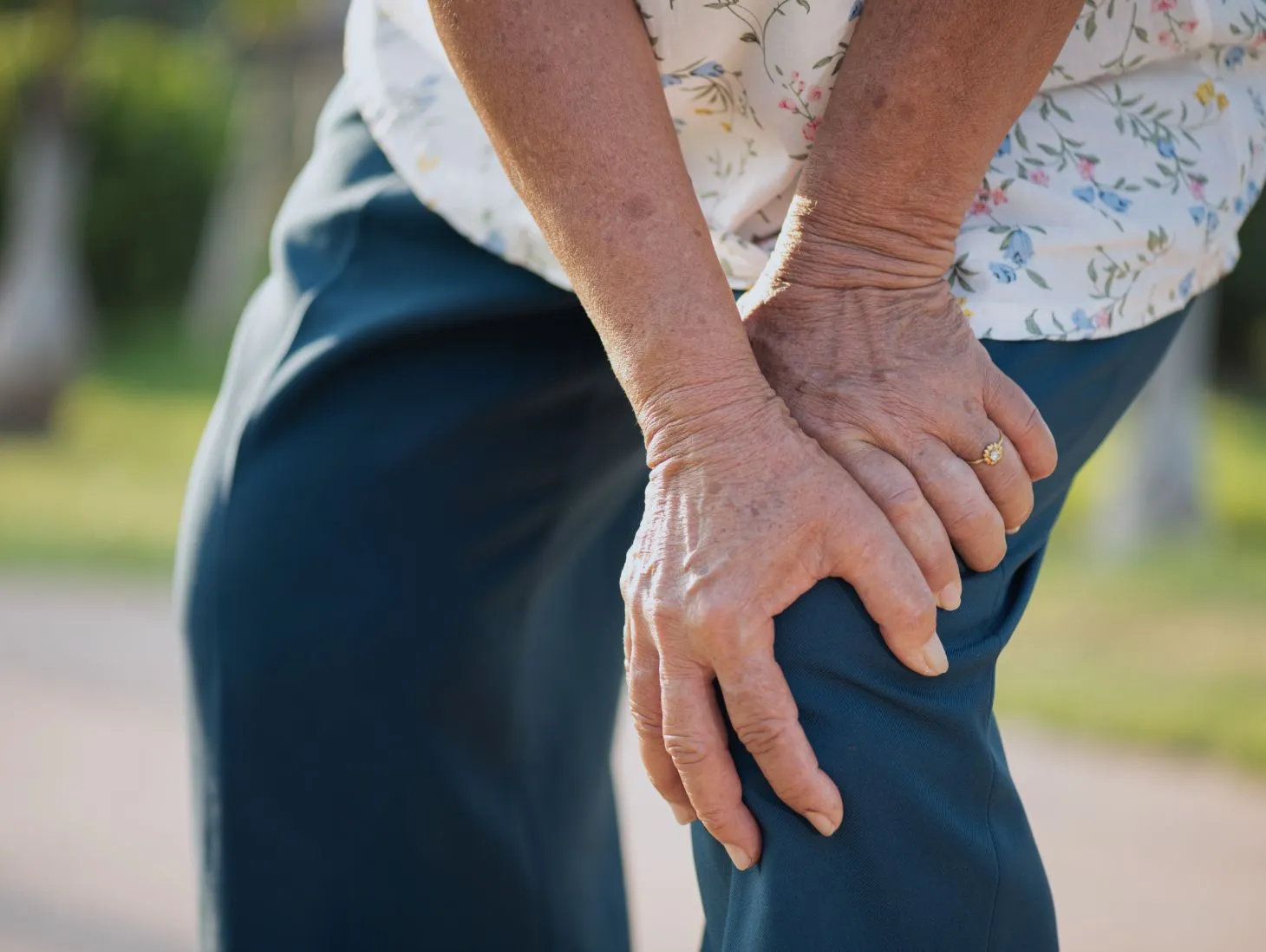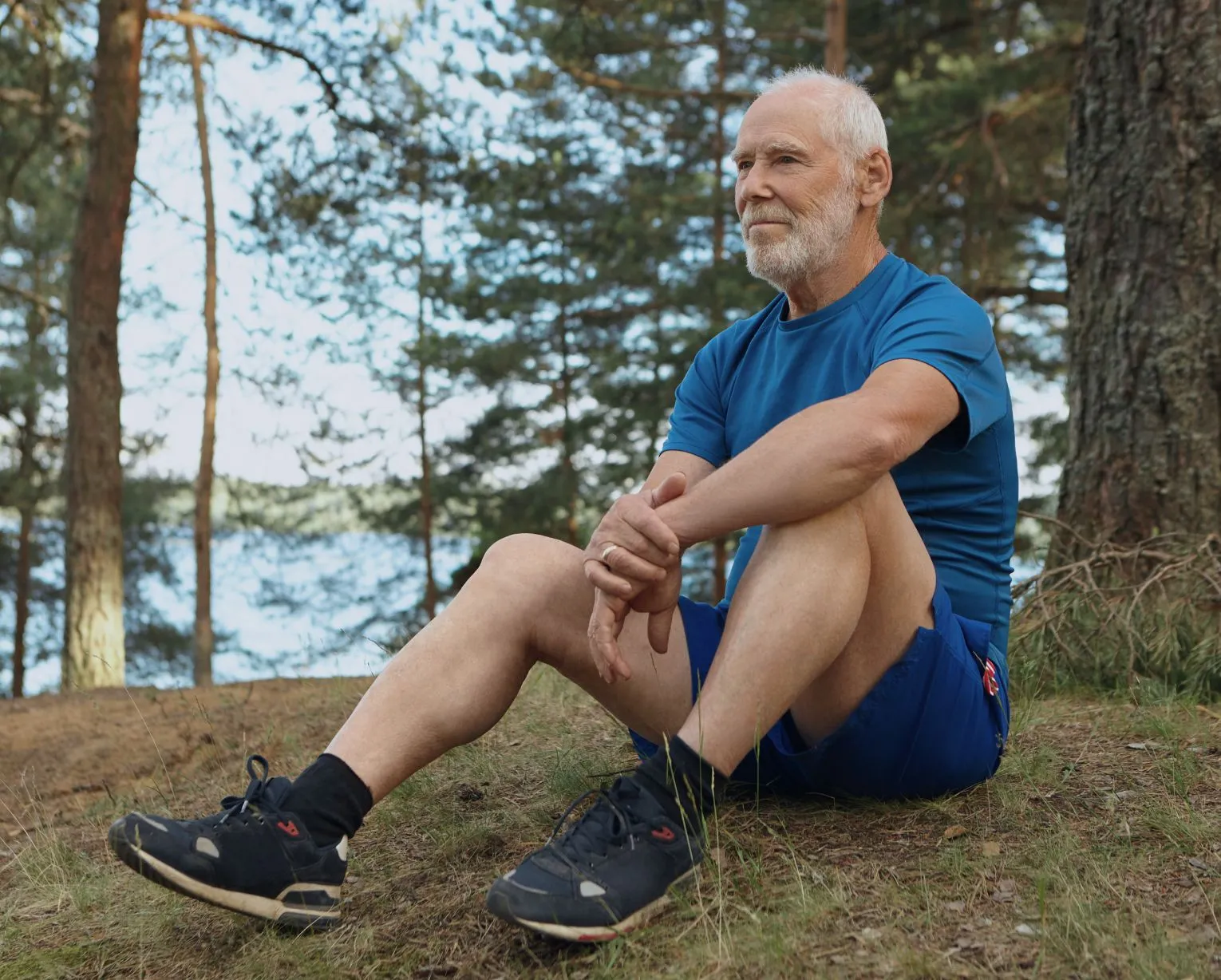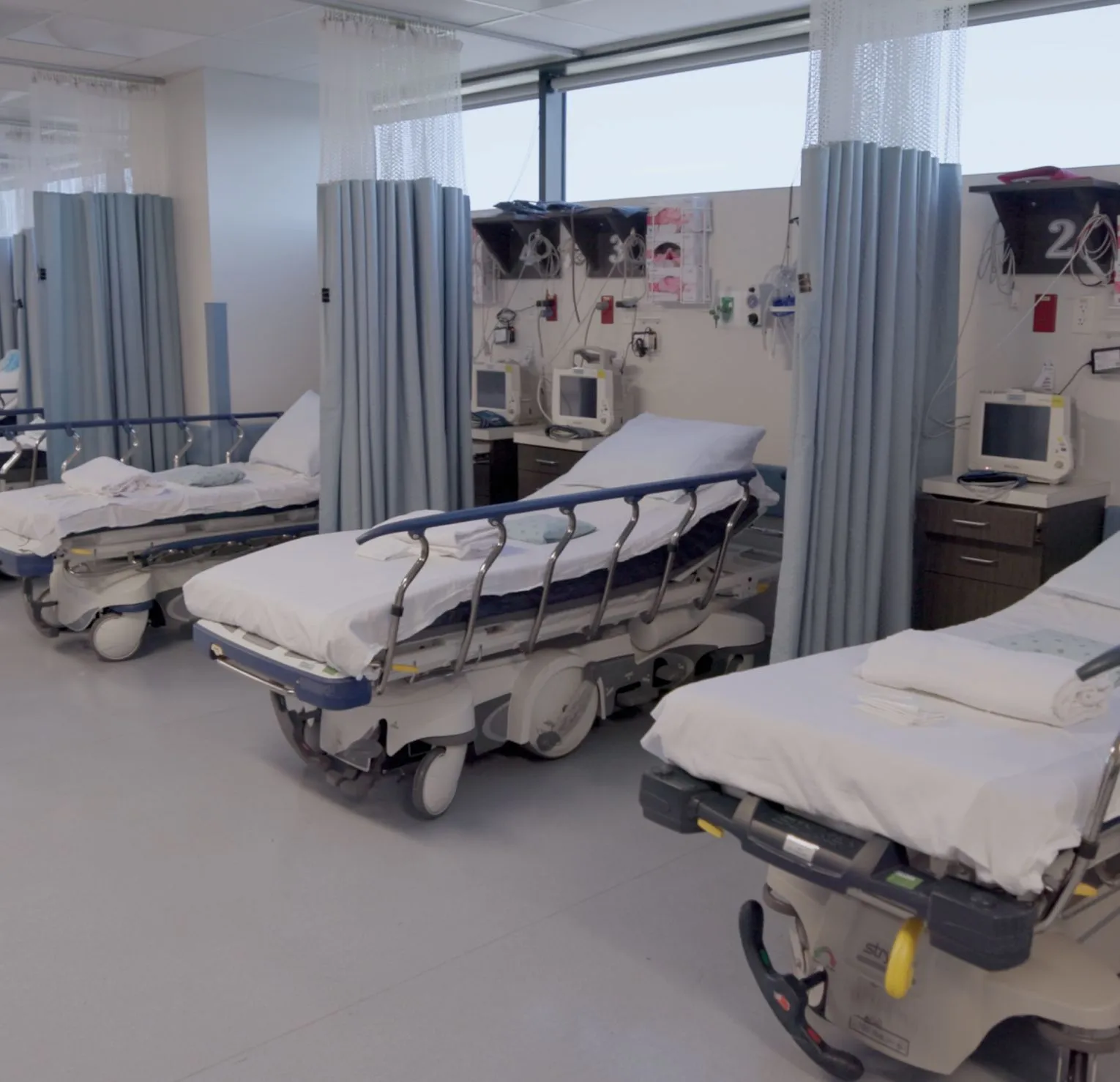




Osteoarthritis Treatment in Los Angeles
Reclaim movement and ease chronic joint pain with personalized osteoarthritis treatment from the top spinal joint specialist in Los Angeles.







What is Osteoarthritis?
Osteoarthritis (OA) is the most common form of arthritis and a leading cause of chronic pain and disability. It occurs when the protective cartilage that cushions your joints gradually wears down, often due to aging, repetitive use, or previous injury. In the spine, this condition, also known as spinal osteoarthritis, can affect the facet joints, leading to inflammation, stiffness, nerve compression, and restricted movement.
At his Los Angeles clinic, Dr. Parham Yashar provides advanced, minimally invasive treatment options for patients suffering from osteoarthritis of the spine and major joints. His goal is to reduce pain, preserve mobility, and improve your overall quality of life through precision diagnostics and tailored care plans.



Symptoms of Osteoarthritis
Osteoarthritis can affect any joint, but when it involves the spine, it typically causes symptoms in the neck (cervical spine) or lower back (lumbar spine). Common signs include:
- Persistent joint or back pain
- Stiffness after rest or in the morning
- Swelling or tenderness around the affected joints
- Limited range of motion
- Grinding or popping sensations during movement
- Numbness, tingling, or radiating pain from nerve compression



How is Osteoarthritis Treated?
While there is no cure for osteoarthritis, symptoms can be managed successfully with the right combination of therapies. Dr. Yashar, the best spine specialist in Los Angeles, begins with conservative treatments and escalates to minimally invasive procedures when necessary.
Non-surgical treatments may include:
- Physical therapy to improve strength and flexibility
- Anti-inflammatory medications and topical pain relievers
- Corticosteroid or hyaluronic acid injections for joint inflammation
- Nerve blocks or radiofrequency ablation to reduce pain signaling
- Lifestyle guidance on weight management and joint protection
If non-surgical methods are not effective and osteoarthritis significantly impacts your life, Dr. Yashar may recommend one of the following minimally invasive procedures:
- Facet joint injections to relieve inflammation and pain
- Spinal decompression to relieve nerve pressure caused by joint degeneration
- Minimally invasive spine fusion to stabilize the spine and relieve chronic pain
- Joint replacement referral for advanced arthritis in the hips, knees, or shoulders
All treatments are selected based on your symptoms, imaging results, and personal goals for activity and recovery.



FAQs About Osteoarthritis
Typically in the late 40s to mid-50s. It can appear earlier after major joint injury, abnormal alignment, or heavy/repetitive loading. Risk rises with age and increases for women after 50 or around menopause.
Yes. As joint degeneration narrows the spaces between vertebrae or leads to bone spur formation, it can compress nearby nerves, causing pain, numbness, or tingling.
Not at all. Many patients find long-term relief with non-surgical therapies. Surgery is reserved for cases where conservative options have failed or when nerve compression or instability is present.

Find Expert Osteoarthritis Care in Los Angeles
As a leading board-certified, fellowship-trained neurosurgeon, Dr. Parham Yashar combines clinical excellence with a patient-first philosophy to help you manage osteoarthritis with minimal disruption to your life. Whether you’re struggling with joint pain, limited mobility, or spinal stiffness, his Los Angeles-based practice offers the expertise and advanced treatments you need to move forward with confidence.
Start your path to relief and renewed movement. Schedule your consultation today with the best spine specialist in LA.





Get in touch today
Please complete and submit the form below and a member of our staff will contact you shortly.





